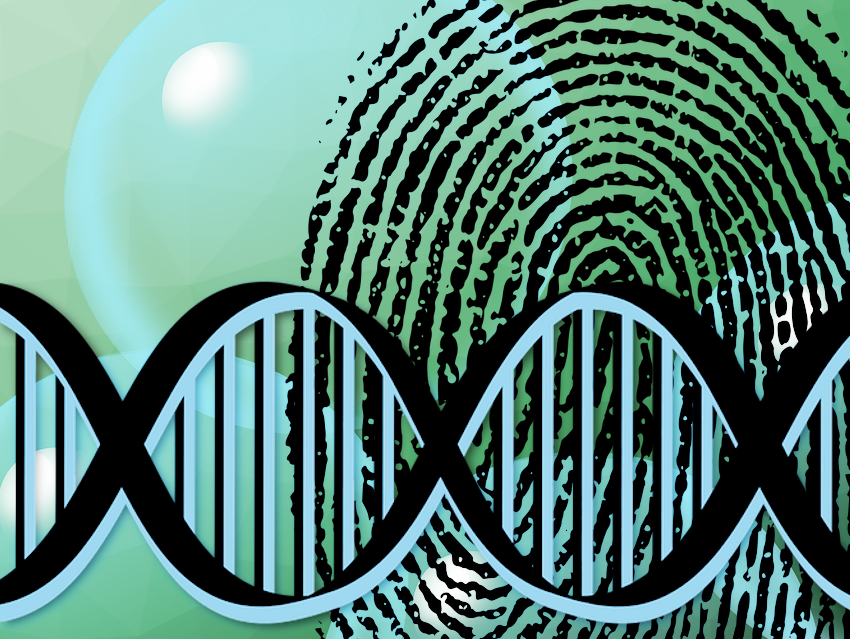Environmental DNA (eDNA) is DNA that has been excreted from sources such as saliva, urine, or skin cells. DNA samples are part of everyday life in many disciplines. The genetic material required for the analyses is usually isolated from blood or saliva samples, but hair, bones, feces, soil samples, and water can also be analyzed for DNA fragments. The DNA fragments that humans and other animals constantly release into the air around us via our breath, skin flakes, secretions, and exhalations have so far gone unnoticed.
Elizabeth L. Clare and colleagues, Queen Mary University of London, UK, have demonstrated that eDNA can be collected from air and used to identify mammals. The researchers sucked air through special HEPA filters from an experimental room where a colony of naked mole rats has been kept for more than a year. Animal keepers and scientists also regularly enter this room. Using PCR, the team amplified the DNA contained in the air samples and then analyzed it for its origin. eDNA collected from the air is accessible using existing sampling methods. The samples contained detectable amounts of animal and human DNA.
The team suspects that such air samples will yield good results especially if they come from relatively confined air volumes such as a room, a tree cavity, or an animal’s underground burrows. The researchers anticipate that this demonstration will initiate a much larger research program in terrestrial airDNA sampling. The method has potential applications in forensics, anthropology, and medicine.
In the wake of the Corona pandemic and other infectious diseases, this kind of air sampling could be helpful, for example, in determining whether and how far a pathogen is airborne. At the moment, social-distancing guidelines are based primarily on physical measurements of how far droplets and virus particles spread. Now, it would be possible to sample the air itself and directly determine which pathogens are present in the air.
- eDNAir: proof of concept that animal DNA can be collected from air sampling,
Elizabeth L. Clare, Chloe K. Economou, Chris G. Faulkes, James D. Gilbert, Frances Bennett, Rosie Drinkwater, Joanne E. Littlefair,
PeerJ 2021, 9, e11030–.
https://doi.org/10.7717/peerj.11030




